Migraines are more than just severe headaches; they can significantly disrupt daily life. Finding effective home treatments is essential for those who suffer regularly. This article provides practical, empathetic advice for managing migraines at home, covering immediate remedies, lifestyle changes, and when to seek medical help.
Our goal is to empower readers with knowledge and strategies to manage their migraines effectively. By understanding different home remedies and lifestyle adjustments, you can reduce the frequency and severity of migraines and improve your overall quality of life.
Understanding Migraines
What is a Migraine?
Migraines are a type of headache disorder characterised by recurrent attacks that cause moderate to severe pain, usually on one side of the head. Common symptoms include throbbing pain, nausea, vomiting, and sensitivity to light and sound. Migraines can last from a few hours to several days and significantly impact daily activities.
There are several types of migraines, each with distinct characteristics, including migraine with aura, migraine without aura, chronic migraine, and vestibular migraine. Migraine with aura involves sensory disturbances like flashes of light or tingling in the hands or face before the headache begins, serving as warning signs. Migraine without aura does not have these warning signs but can be equally debilitating.
Chronic migraines occur more than 15 days a month and can significantly reduce quality of life, while vestibular migraines are associated with vertigo and balance issues, making them particularly challenging to manage.
Understanding what triggers migraines is crucial for effective management.
Common triggers include stress, hormonal changes, certain foods and beverages, lack of sleep, and sensory stimuli such as bright lights or strong smells. For instance, foods like aged cheese, chocolate, and red wine are known to trigger migraines in some individuals.
Environmental factors, such as changes in weather or barometric pressure, can also play a role. Identifying and avoiding personal triggers can help reduce the frequency of migraine attacks. Keeping a migraine diary to track potential triggers and patterns can aid in developing effective management strategies. This diary should note the onset, duration, and intensity of migraines, as well as any potential triggers or lifestyle factors that might have contributed.
Migraines involve more than managing pain; they also require understanding and mitigating contributing factors. Recognising symptoms, types, and triggers allow individuals to take proactive steps to manage their condition more effectively. This understanding is the foundation for exploring various home remedies and lifestyle changes that can provide relief and improve quality of life. Additionally, being aware of the early signs and taking immediate action can prevent a full-blown migraine from developing.
Immediate Home Remedies for Migraine Relief
Finding immediate relief from a migraine is often a top priority. Several effective home remedies can help alleviate symptoms and provide comfort during an attack.
Applying Cold or Warm Compresses
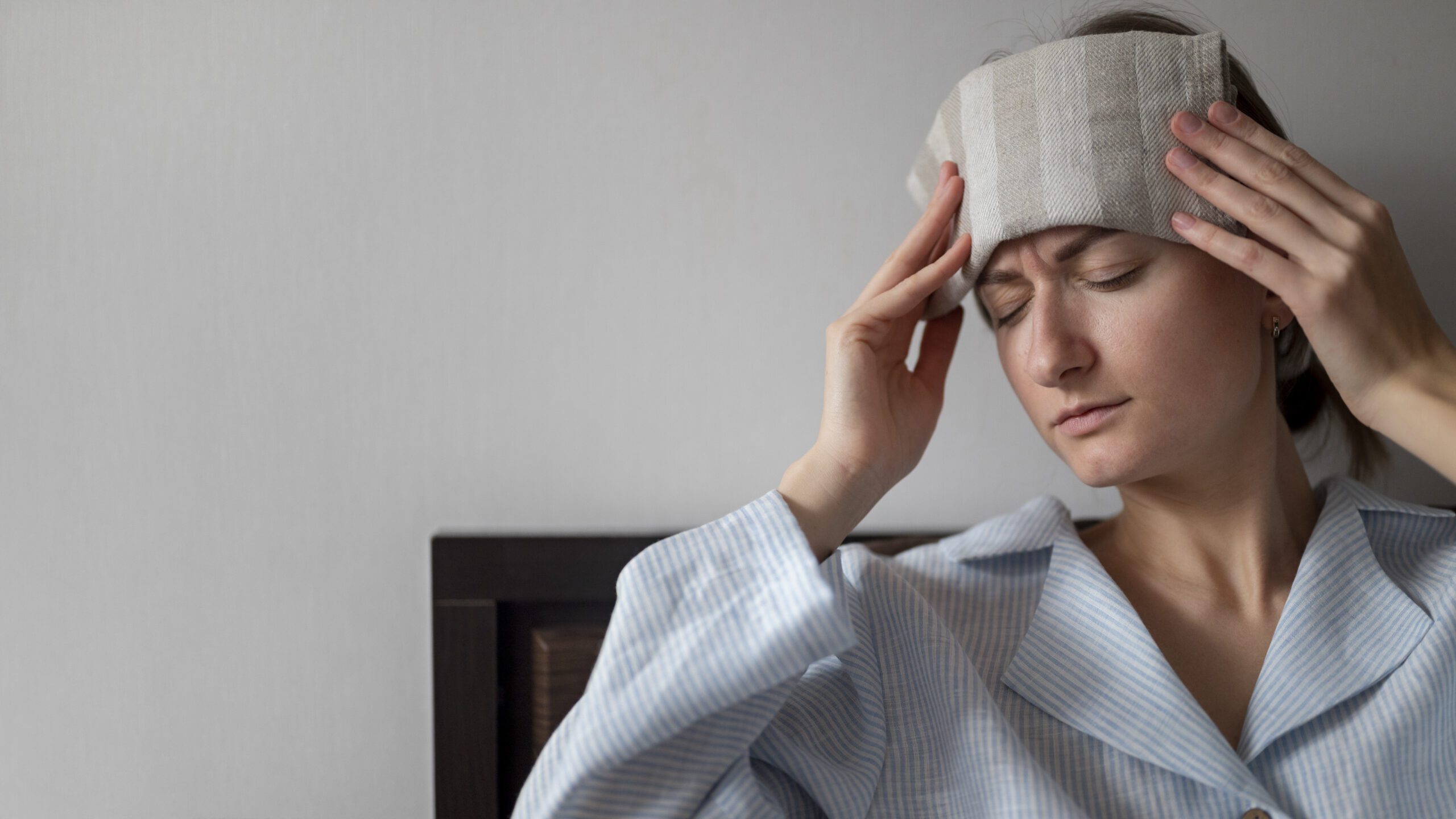
Cold and warm compresses can effectively manage migraine pain. Applying a cold compress to the forehead or back of the neck reduces inflammation and numbs pain by constricting blood vessels and reducing pain signals to the brain. Use a gel pack or a cloth soaked in cold water, and wrapped in a towel to prevent frostbite. Apply for 15 minutes, then take a break.
Warm compresses relax tense muscles, especially if muscle tension contributes to migraines. Use a cloth soaked in warm water or a heating pad and apply it to the back of the neck or shoulders. Warm compresses improve blood flow and soothe neck stiffness.
Choose between cold or warm compresses based on your symptoms. Cold compresses are preferred for immediate pain relief and reducing inflammation, while warm compresses alleviate muscle tension.
Some find alternating between cold and warm compresses provides the best relief. Listen to your body to determine what works best for you.
Staying Hydrated
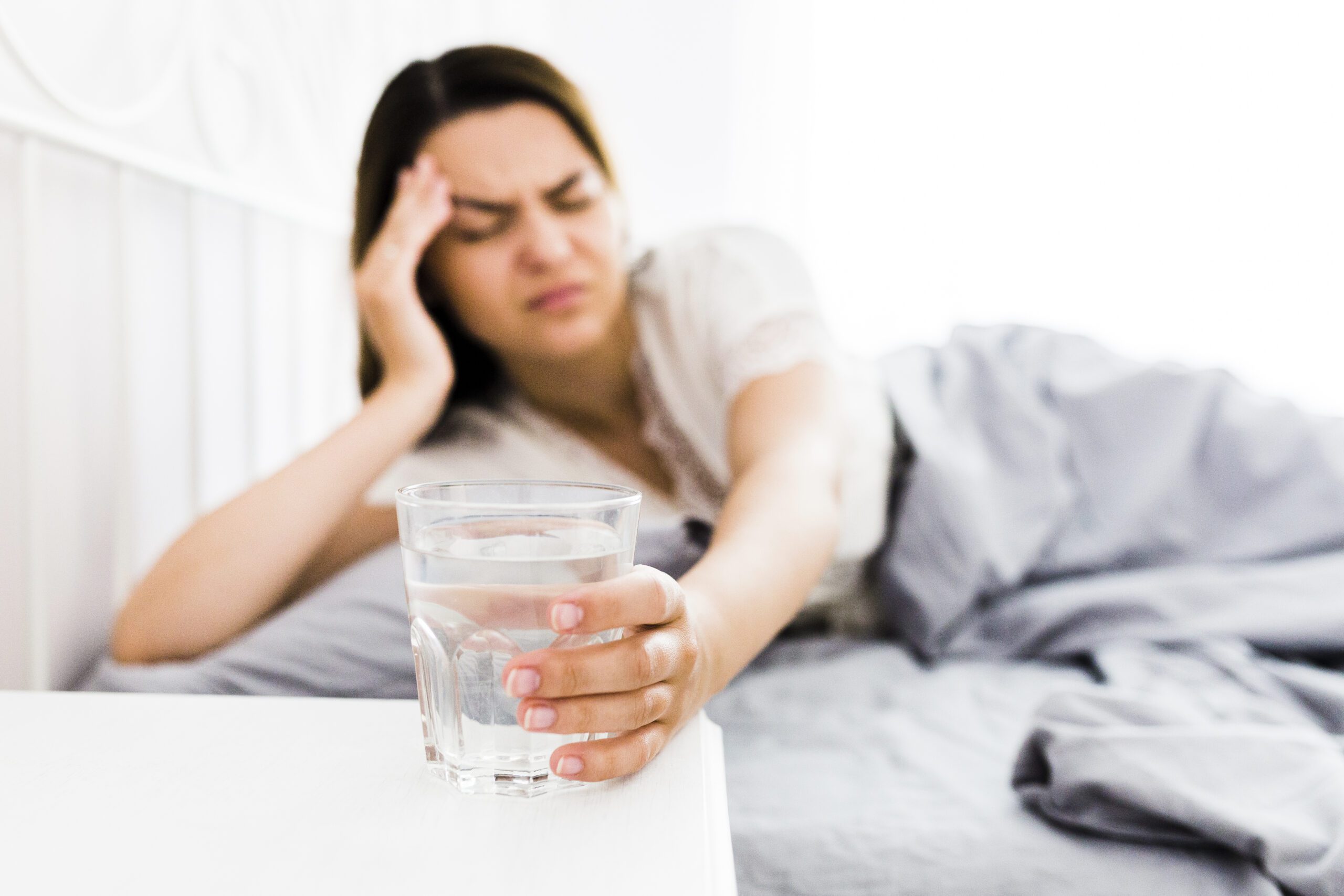
Proper hydration helps in preventing and treating migraines. Dehydration can trigger migraines or make them worse. When the body is dehydrated, it leads to reduced blood volume, affecting the brain’s oxygen and nutrient supply, which may cause or exacerbate migraine symptoms.
Drinking plenty of water throughout the day is essential. Aim for at least eight glasses of water daily, and increase this amount if you are physically active or in a hot environment. To ensure you stay hydrated, carry a water bottle with you and take small sips regularly. You can also consume hydrating foods like fruits and vegetables, which have high water content.
Be cautious of beverages that can dehydrate you, such as those containing caffeine or alcohol, as they can contribute to migraine frequency and severity. Recognising signs of dehydration, such as dark urine, dry mouth, and fatigue, can help you address the issue promptly and potentially prevent a migraine attack. Incorporating electrolyte-rich beverages can also be beneficial. Electrolytes help maintain fluid balance and support nerve and muscle function.
Coconut water, sports drinks, and oral rehydration solutions can replenish electrolytes, especially after physical activity or during hot weather.
Using Essential Oils

Essential oils, particularly peppermint and lavender, are popular for their potential migraine-relieving properties. Peppermint oil contains menthol, which can help relax muscles and ease pain. Lavender oil is known for its calming and stress-relieving effects, which can be beneficial during a migraine attack.
To use essential oils safely, dilute them with a carrier oil like coconut or jojoba oil before applying them to the skin. A few drops of the essential oil can be added to a tablespoon of carrier oil. Massage the mixture onto the temples, forehead, or the back of the neck. Inhaling essential oils can also provide relief. Add a few drops of peppermint or lavender oil to a diffuser or a bowl of hot water and inhale the steam. This method allows the beneficial compounds to be absorbed through the respiratory system, providing quick relief.
While essential oils can be effective, it’s important to be aware of potential risks. Always conduct a patch test to check for allergic reactions and avoid applying undiluted essential oils directly to the skin. Pregnant women and individuals with certain medical conditions should consult a healthcare provider before using essential oils.
Scientific studies support the use of essential oils as a complementary therapy for managing migraines. For example, research published in European Neurology found that applying peppermint oil to the forehead was as effective as taking 1,000 mg of acetaminophen in reducing migraine pain.
Another study in Evidence-Based Complementary and Alternative Medicine found that lavender oil inhalation reduced the severity of migraine attacks. These findings suggest that essential oils can be a valuable part of migraine management.
Practising Relaxation Techniques
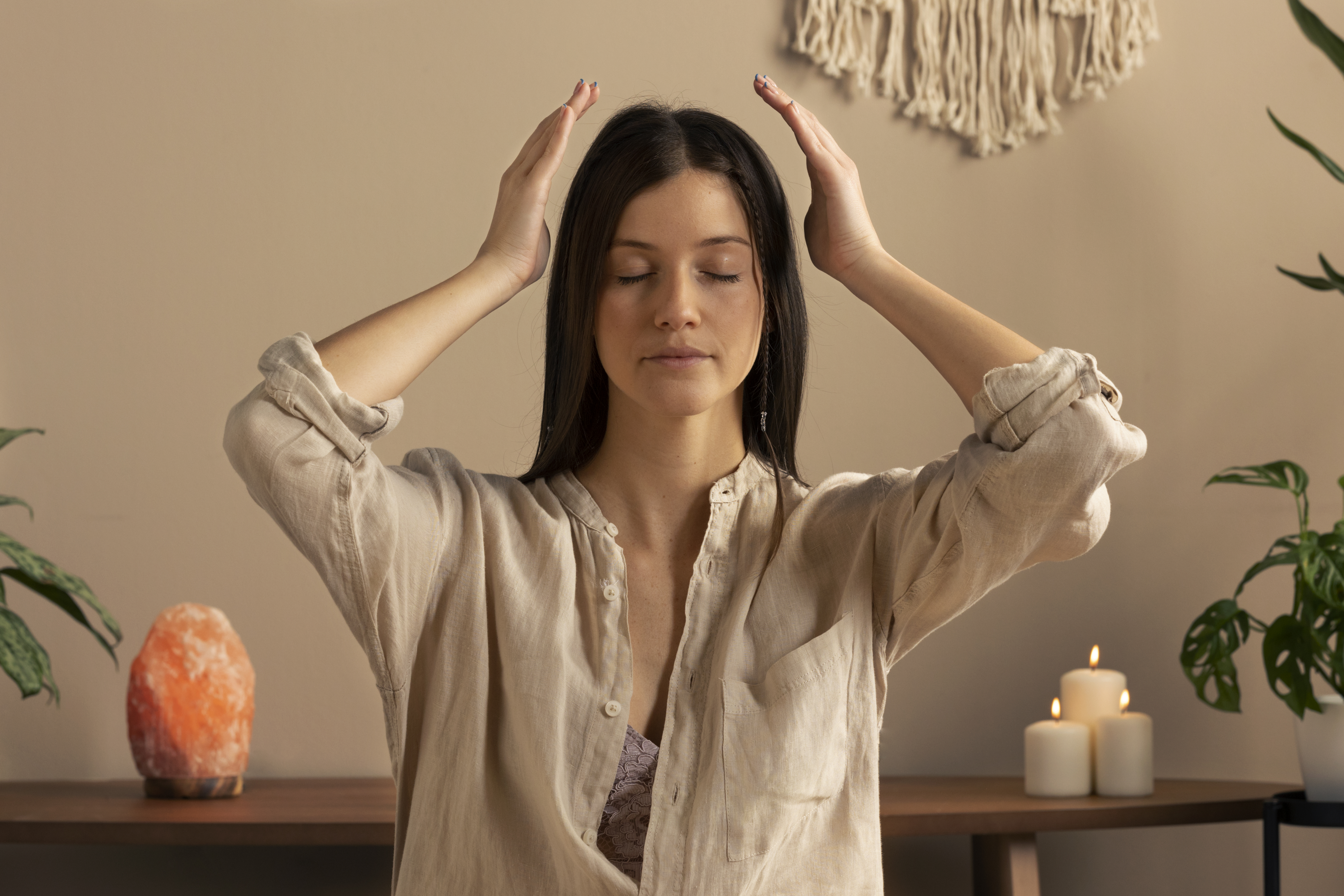
Relaxation techniques, such as meditation, deep breathing exercises, and yoga, can significantly reduce migraine frequency and severity.
Meditation and deep breathing help calm the mind and reduce stress, a common migraine trigger. Find a quiet space, sit comfortably, and focus on your breathing. Inhale slowly and deeply through your nose, hold your breath for a few seconds, and exhale slowly through your mouth. Repeat this process for several minutes to achieve relaxation.
Yoga combines physical postures, breathing exercises, and meditation, making it a holistic approach to migraine management. Certain yoga poses, like child’s pose, downward-facing dog, and corpse pose, can help reduce muscle tension and improve blood circulation. Guided imagery, another relaxation technique, involves visualising calming images or scenarios to distract from pain and promote relaxation. There are many resources available online, including apps and videos, to help you learn and practice these techniques effectively.
Biofeedback is another effective relaxation technique. This method involves using electronic devices to monitor physiological functions such as muscle tension, heart rate, and skin temperature. By becoming aware of these bodily processes, individuals can learn to control them and reduce stress. Biofeedback can reduce the frequency and severity of migraines by helping individuals develop better coping mechanisms.
Progressive muscle relaxation (PMR) involves tensing and then slowly releasing each muscle group in the body, starting from the toes and working up to the head. This process helps release physical tension and promotes relaxation. Practising PMR regularly can reduce overall body tension and lower the likelihood of migraines.
Mindfulness-based stress reduction (MBSR) combines mindfulness meditation and yoga. MBSR is effective in reducing stress and improving overall well-being, which can help manage migraines. Participating in an MBSR program or using guided meditations available online can be beneficial for migraine sufferers.
Regular practice of these techniques can lead to long-term benefits in managing migraines and improving quality of life.
Lifestyle Changes for Long-term Migraine Management
Effective long-term migraine management often involves making key lifestyle changes. These adjustments can help reduce the frequency and severity of migraines, leading to a better quality of life.
Maintaining a Regular Sleep Schedule
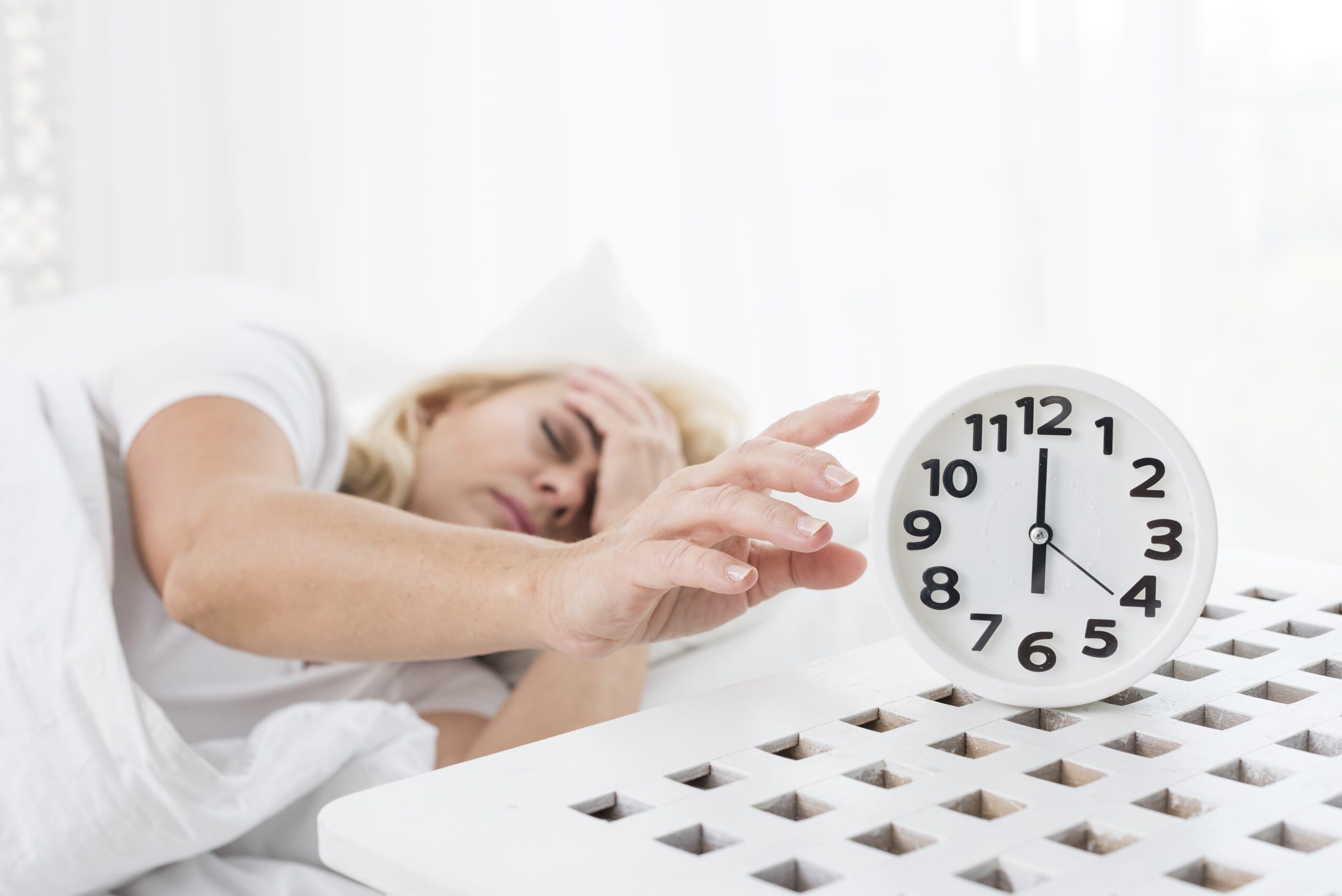
Maintaining a regular sleep schedule is crucial for preventing migraines. Inconsistent sleep patterns can disrupt the body’s natural rhythms, potentially triggering migraines. Aim for 7-9 hours of sleep each night and try to go to bed and wake up at the same time every day, even on weekends. Improving sleep hygiene can also help.
Create a relaxing bedtime routine, avoid caffeine and electronic devices before bed, and ensure your sleep environment is comfortable and dark. Poor sleep can lead to increased stress and lower pain thresholds, making it easier for migraines to occur. Sleep deprivation and oversleeping are both common migraine triggers. Establishing a consistent sleep schedule helps regulate your body’s internal clock, reducing the likelihood of migraines.
Practices such as maintaining a cool, dark, and quiet sleep environment, and using blackout curtains or a white noise machine can further improve sleep quality. Avoiding heavy meals, caffeine, and alcohol before bedtime can also enhance sleep quality and reduce migraine risk.
Adopting a Balanced Diet

A balanced diet plays a significant role in migraine prevention. Certain foods, like aged cheese, chocolate, and processed meats, can trigger migraines in some people.
Keeping a food diary can help identify potential dietary triggers. Incorporate plenty of fruits, vegetables, whole grains, and lean proteins into your diet to support overall health. Regular meal times are also important; skipping meals or fasting can lead to low blood sugar, a common migraine trigger.
Consider following a migraine-friendly diet plan, such as the one provided by the American Migraine Foundation, which emphasises the importance of consistent eating patterns and nutrient-rich foods.
Additionally, staying hydrated by drinking sufficient water and avoiding excessive caffeine and alcohol can prevent dehydration, a known migraine trigger. Some individuals find that certain supplements, such as magnesium, riboflavin (vitamin B2), and coenzyme Q10, can help reduce migraine frequency. However, consult a healthcare provider before starting any new supplement regimen.
Regular Physical Activity
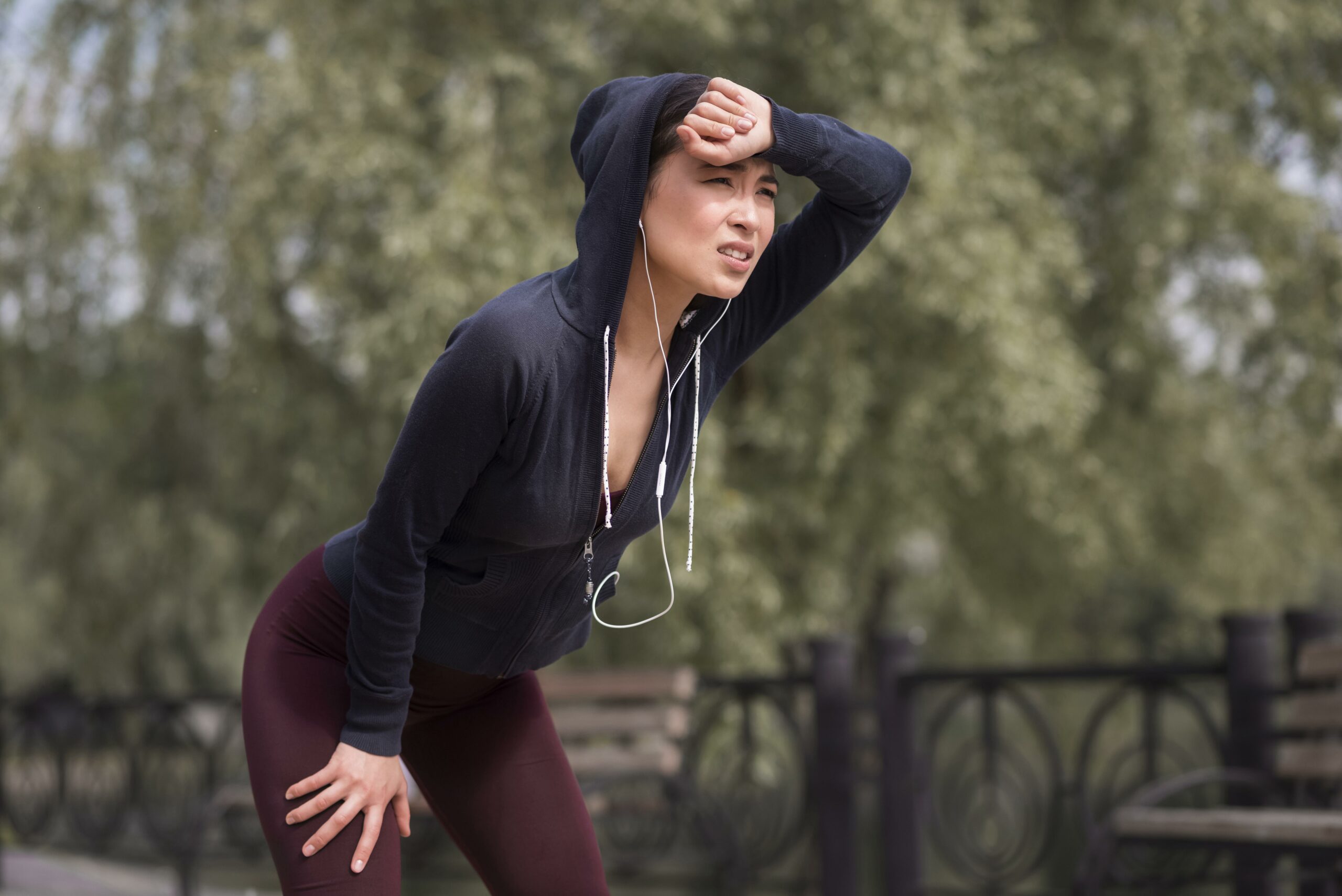
Regular physical activity is beneficial for reducing migraine frequency and intensity. Exercise helps alleviate stress, improve sleep, and release endorphins, which are natural pain relievers.
Aim for at least 150 minutes of moderate aerobic exercise, such as walking, cycling, or swimming, each week. Yoga and tai chi are particularly good options for migraine sufferers as they combine physical activity with relaxation techniques.
Start slowly and gradually increase the intensity to avoid exercise-induced migraines. Stay hydrated and listen to your body, taking breaks as needed. Physical activity improves cardiovascular health and increases endorphin production, acting as natural painkillers.
Regular exercise also helps manage weight, another factor that can influence migraine frequency.
Activities like brisk walking, swimming, and cycling are low-impact and can be adjusted to match your fitness level. Incorporating strength training and flexibility exercises, such as yoga or Pilates, can further improve overall fitness and help manage migraines effectively.
Stress Management Techniques
Stress is a well-known migraine trigger, making effective stress management essential. Techniques such as deep breathing exercises, meditation, and cognitive-behavioural therapy (CBT) can help manage stress levels. CBT focuses on changing negative thought patterns and behaviours, providing tools to cope with stress more effectively.
Incorporating simple daily practices like taking short breaks throughout the day, engaging in hobbies, and spending time in nature can also reduce stress. By managing stress, you can lower the likelihood of migraine attacks and improve your overall well-being. Learning to manage stress through mindfulness and relaxation techniques can significantly impact migraine frequency.
Activities such as journaling, art, and music therapy provide creative outlets for stress relief. Joining a support group for migraine sufferers can offer emotional support and practical advice. Regular practice of stress management techniques, including progressive muscle relaxation and biofeedback, can reduce stress levels and help prevent migraines.
When to Seek Medical Help
While home remedies and lifestyle changes can be effective, there are times when professional medical help is necessary. Recognizing when to seek help is crucial for managing migraines effectively.
Recognising Warning Signs

Certain symptoms indicate the need for professional medical advice. If you experience severe, sudden headaches, headaches that worsen over time, or are accompanied by neurological symptoms such as vision changes, confusion, or difficulty speaking, seek medical attention immediately.
These symptoms can signal more serious conditions that require prompt treatment. Differentiating between regular migraines and more serious issues is essential for overall health. Keeping a migraine diary can help track patterns and triggers, providing valuable information for your healthcare provider. If migraines significantly impact your daily life despite home treatments, it may be time to consider preventative medication or other medical interventions.
Chronic migraines, defined as headaches occurring on 15 or more days per month, often require medical management. Migraines accompanied by fever, stiff neck, or rash should also be evaluated by a healthcare provider. Early intervention can prevent complications and improve the effectiveness of treatment strategies.
Treatment Options from Healthcare Providers
Healthcare providers offer a range of treatment options for managing migraines.
Common prescription medications include triptans, which can stop migraines once they start, and beta-blockers, which can help prevent them. Non-drug treatments such as physical therapy, acupuncture, and biofeedback can also be effective.
These treatments focus on reducing muscle tension, improving circulation, and promoting relaxation. Recent advancements in migraine treatments, like CGRP inhibitors, offer new hope for sufferers. Working closely with a healthcare provider is essential to find the best treatment plan for your specific needs. For more information, check out our migraine medication options. Botox injections and neuromodulation devices are other advanced treatments for chronic migraine management.
These options can reduce the frequency and severity of migraines when traditional treatments are ineffective.
Collaborating with a neurologist or headache specialist can provide access to the latest treatments and allow for a comprehensive approach to migraine management.
Understanding and managing migraines involves a holistic approach that includes immediate relief strategies, lifestyle changes, and knowing when to seek medical help. By combining these methods, you can reduce the frequency and severity of migraines, improving your quality of life. Be proactive and consult a healthcare professional when necessary.


